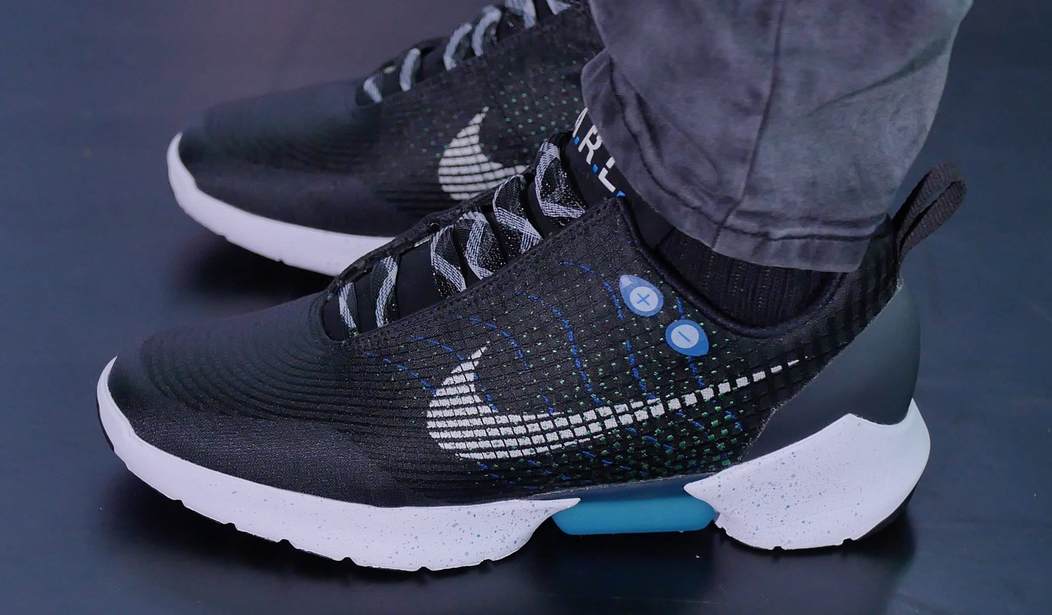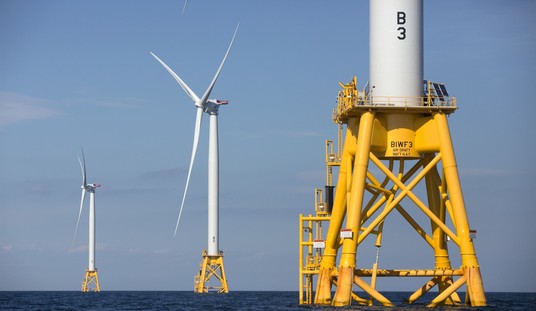Sometimes, technology products solve real problems, saving us time and money. Other times, products do little to help, and just make our lives more complicated.
Examples of the former include Google Maps, the smartphone, and the calculator. These were great breakthroughs from dedicated engineers and talented marketers, working hard to create world-changing products. But lately, it seems the latter category is dominating: more and more gadgets that create more problems than they solve.
One example is the Apple AirPods, which I wrote about last week. And a new product just announced by Nike — “self-lacing” HyperAdapt sneakers — sure seems to fit the latter category, too.
If the idea sounds familiar, you might be recalling the 1989 movie Back to the Future, where Marty McFly wore self-lacing sneakers. These new Nike shoes don’t actually thread the laces into the holes; instead, the body of the shoe self-adjusts to tighten around the foot to just the right amount. Too much and the shoe is painful, too little and it’s loose.
From a technology perspective, Nike had to engineer several substantial breakthroughs to pack a complex electro-mechanical mechanism into the body of the shoe — including motors, pulleys, cords, electronics and buttons — that would work reliably under the pounding and shock the shoes will experience over their lifetime. Each shoe contains a pressure sensor in the heel that initiates the self-lacing process when you stand up. Next, an array of sensors determines your foot position, and a series of pulleys wind up a filament to tighten the shoe around your foot. Buttons allow you to override the system and set the pressure to your own preference. After a few uses, the shoe will automatically go to your preferred setting.
Like most electric devices, each shoe requires a battery, and these need to be recharged every couple of weeks. Indicator lights on the side of the shoe let you know the state of charge: blue for full, yellow for half, and red for recharge. To charge them, you use the provided white “puck.”
The HyperAdapt shoe will be released later this month and will be available in black, white and silver. The cost? A whopping $720.
These shoes took about eleven years to produce — you’re paying for all that R&D.
At first blush, this seems like technology applied towards solving a problem that doesn’t exist. Finding shoes that fit well already and tightening the laces by hand just doesn’t equal $650-plus worth of inconvenience for everyone.
If there is a redeeming factor, it’s that all this effort might lead to better fitting shoes that provide more support and comfort with the push of a button. But the price will need to be much lower for anyone to take this seriously. For now, it’s one of those products solving a problem that we never knew existed.
Not surprisingly, Nike is not alone in producing this concept. Puma’s Autodisc shoes are another self-lacing idea that’s nearing production. They tighten with the press of a button — and have a companion app. The app connects with Bluetooth, records the tightness settings, and provides a low battery alert. The Autodiscs have the motors in the tongue rather than in the soles, allowing them to behave more like regular shoes.
No price has been announced yet for the Pumas, but you can expect them to be similarly expensive.








Join the conversation as a VIP Member